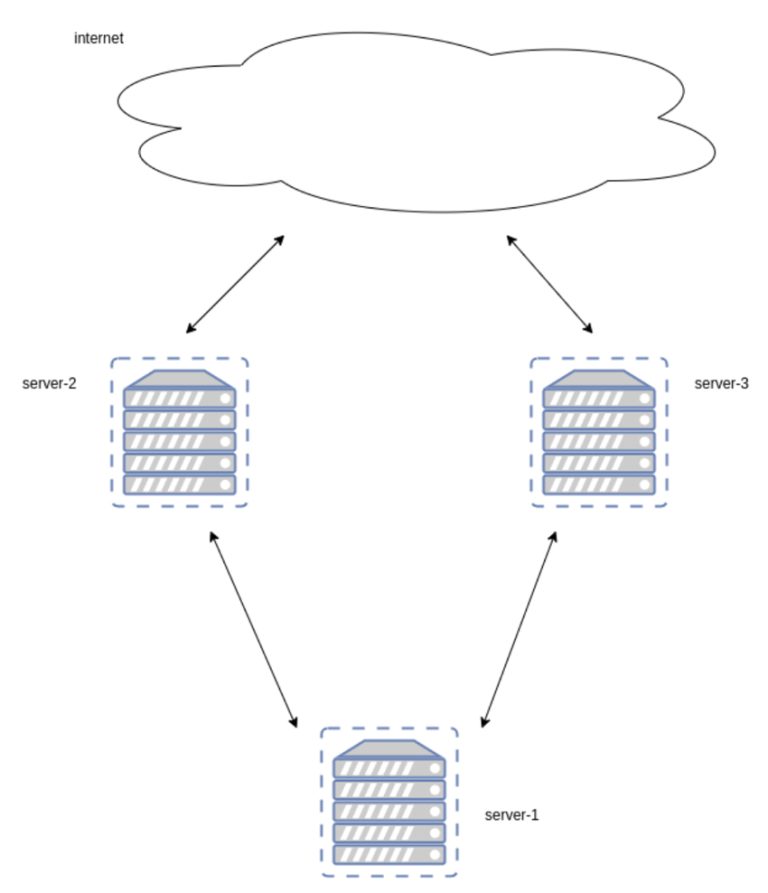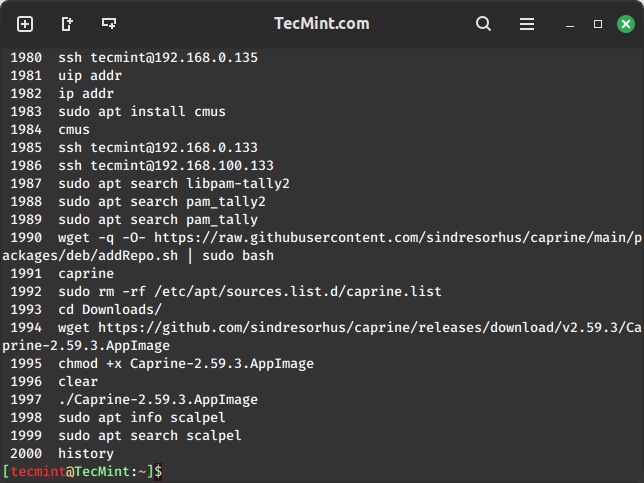Linux Networking: Configuring Network Address Translation (NAT)
Introduction
In the vast ocean of network communications, Network Address Translation (NAT) stands as a pivotal lighthouse, guiding the flow of data packets to their correct destinations while conserving the limited resource of IP addresses. In the Linux environment, configuring NAT is not only a skill required by network administrators but also an intriguing exercise for those passionate about understanding the intricacies of network protocols and Linux’s powerful networking capabilities.
Understanding NAT
What is NAT?
NAT is a method used in networking to modify network address information in IP packet headers while they are in transit across a traffic routing device. The primary purpose of NAT is to limit the number of public IP addresses an organization or network must use, for both economy and security purposes.
Types of NAT
- Static NAT: Maps an unregistered IP address to a registered IP address on a one-to-one basis.
- Dynamic NAT: Maps an unregistered IP address to a pool of registered IP addresses.
- Port Address Translation (PAT): Also known as “NAT Overload,” it allows multiple devices on a local network to be mapped to a single public IP address but with a different port number for each session.
NAT’s Role in Network Security
By hiding the internal IP addresses, NAT adds an extra layer of security as external clients can’t directly access any private network resources.
Configuring NAT in Linux
Basic Linux Networking
Knowledge of basic networking commands (ifconfig, netstat, ip, etc.) and an understanding of network interfaces are crucial.
Tools and Packages
Ensure that packages like iptables and netfilter, the primary tools used for configuring NAT in Linux, are installed.
Network Interface
You should have at least two network interfaces configured – one for the local (internal) network and one for the external network.
Setting Up NAT
-
Enabling IP Forwarding
- Edit the
/etc/sysctl.conffile to enable IP forwarding. - Run
sysctl -pto apply the changes.
- Edit the
-
Configuring iptables for NAT
-
Saving and Restoring iptables Rules
- Save the current iptables rules using
iptables-save > /etc/iptables/rules.v4. - Restore them on boot by editing
/etc/network/interfaces.
- Save the current iptables rules using
Static and Dynamic NAT
Static NAT
- Ideal for servers that need a permanent IP address.
- Configure a one-to-one mapping of internal to public IP addresses.
Dynamic NAT
- Used for clients that need temporary access to the internet.
- Configure a pool of public addresses and map them as needed.
Advanced NAT Concepts
PAT
- Essential for conserving IP addresses.
- Configure NAT to translate internal addresses to a single public address but with different ports.
Special Protocol Handling
- Some protocols, like FTP and ICMP, may need special NAT configuration due to their nature.
Integrating with Firewalls
- NAT configurations often go hand-in-hand with firewall settings, ensuring secure data traffic.
Monitoring and Managing NAT
Tools for Monitoring
netstat,tcpdump, andwiresharkare excellent tools for monitoring NAT and network traffic.
Optimizing NAT
- Regularly review NAT settings to optimize performance and security.
Conclusion
Configuring NAT in Linux is a vital skill for network administrators and IT professionals. This guide provides a foundation, but the true mastery of NAT comes with practice and continuous learning.






